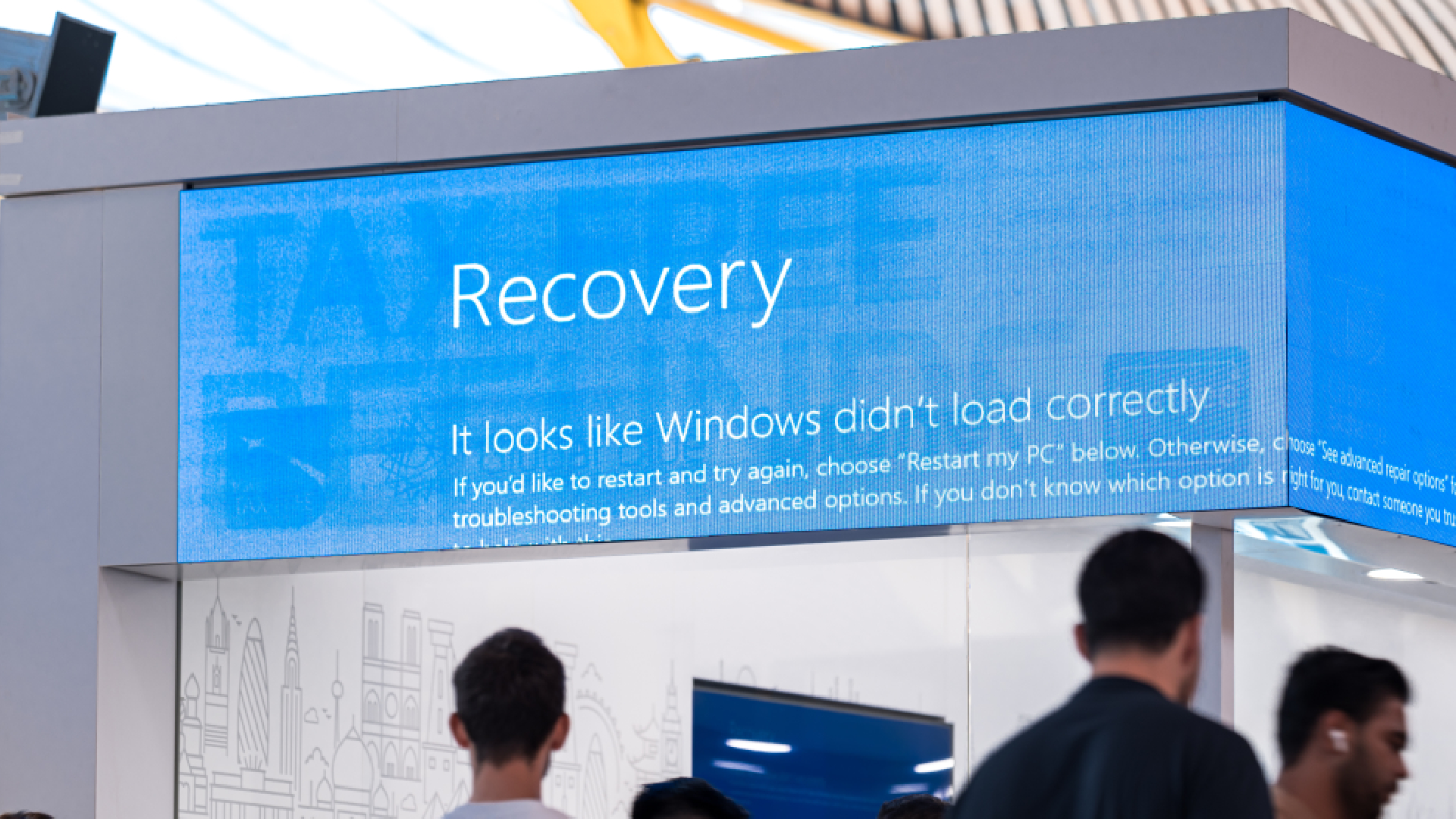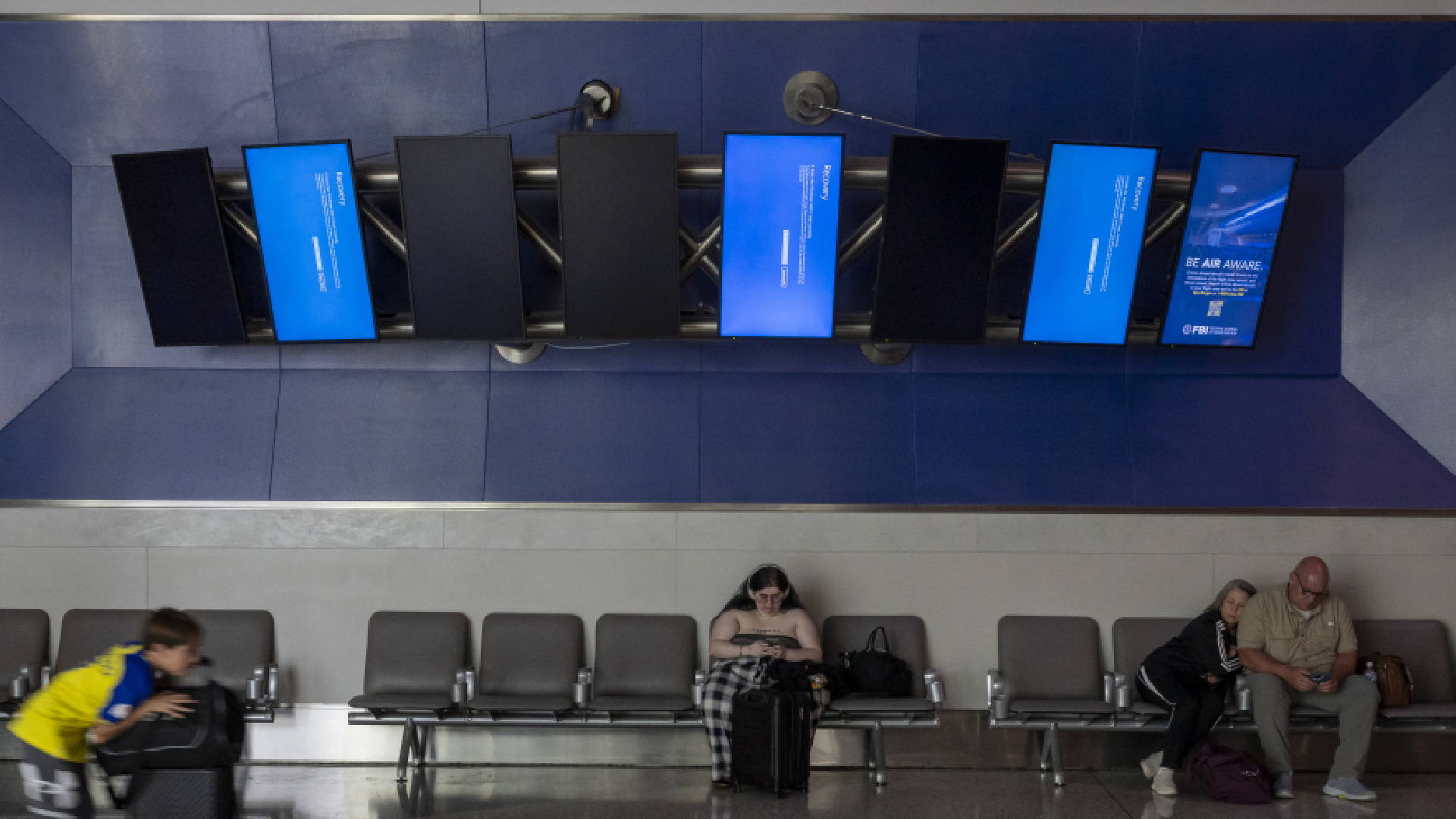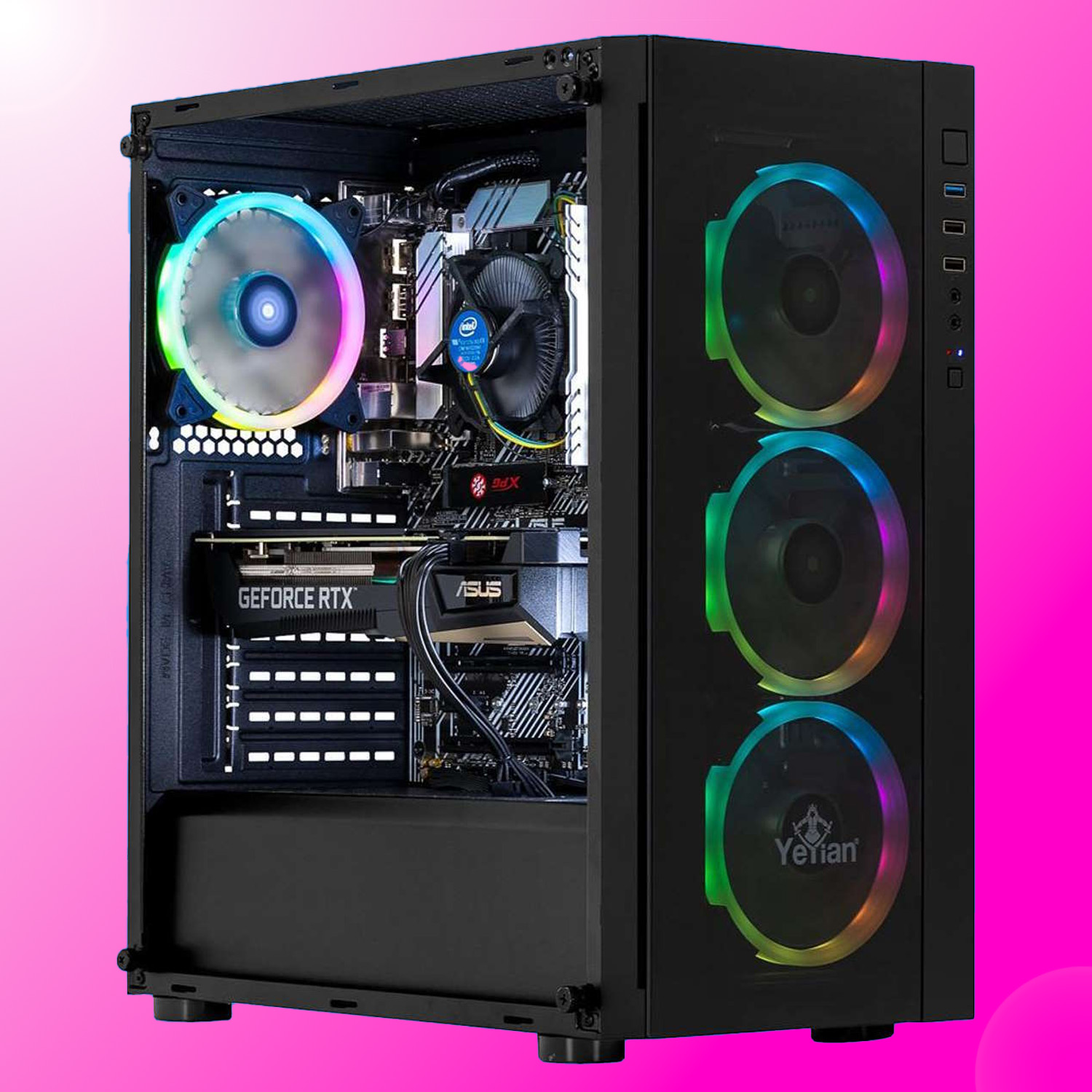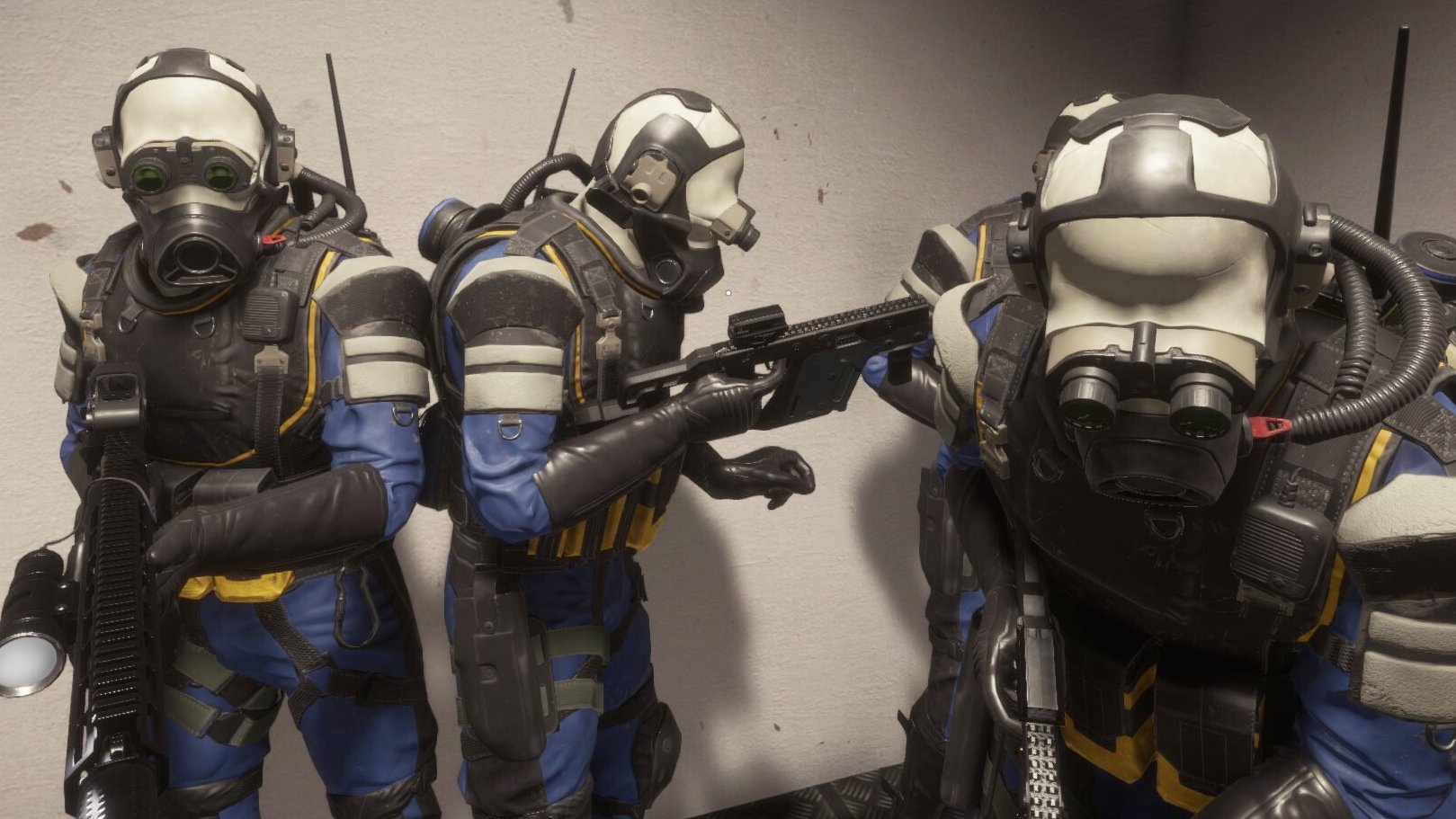
Seems like a sensible idea.
As part of the latest Windows Insider Preview build, Microsoft has announced that it’s testing a feature called ‘quick machine recovery’ to prevent widespread outage-related failures. That’ll likely be referring to the CrowdStrike bug then, but Microsoft’s new methodology looks like it might be a promising new way to treat bootlooping nightmares yet to pass.
In a Microsoft Tech Community post, senior program manager Riddi Ameser said:
“With system failures, devices can sometimes get stuck in the Windows Recovery Environment (Windows RE), severely impacting productivity and often requiring IT teams to spend significant time troubleshooting and restoring affected machines.
“With quick machine recovery, when a widespread outage affects devices from starting properly, Microsoft can broadly deploy targeted remediations to affected devices via Windows RE—automating fixes and quickly getting users to a productive state without requiring complex manual intervention.”
Essentially, when a Windows 11 device with quick machine recovery enabled encounters a critical failure preventing a normal boot sequence, it enters the Windows Recovery Environment as usual.
However, with the new feature enabled, Windows RE can now connect to the network using ethernet or Wi-Fi access to communicate with Microsoft’s recovery services.
Not only will the device send crash data to Microsoft back for analysis, but in the event of a widespread outage a “targeted remediation” developed by a Microsoft internal response team can be sent back to affected machines, hopefully fixing them before any more butterfly-effect-like chaos can occur.
Ameser says that the feature will eventually be enabled by default for Windows 11 Home devices, although Windows 11 Pro and Enterprise users will be able to customize the feature for either their own devices or devices in their organisation.
The CrowdStrike outage is now widely regarded to be the worst IT shutdown of all time, among many potential candidates. On July 19, 2024, CrowdStrike pushed a content configuration update for a Windows sensor on systems using its Falcon cybersecurity platform, causing them to become stuck in a boot loop in which the machine crashes, restarts, and then crashes again.
Windows machines around the world began to crash en masse, causing emergency service outages, cancelled flights, bank access denials, and many other sorts of chaos worldwide. While CrowdStrike took the brunt of the blame (and its CEO delivered a public apology), Microsoft’s infamous Blue Screen of Death was everywhere—and that’s not a great look when it sits next to headlines reporting global disaster.
So, here’s hoping quick machine recovery provides a speedier solution should such an outage happen again. Microsoft will be crossing its metaphorical fingers, at the very least.
Best gaming PC: The top pre-built machines.
Best gaming laptop: Great devices for mobile gaming.







